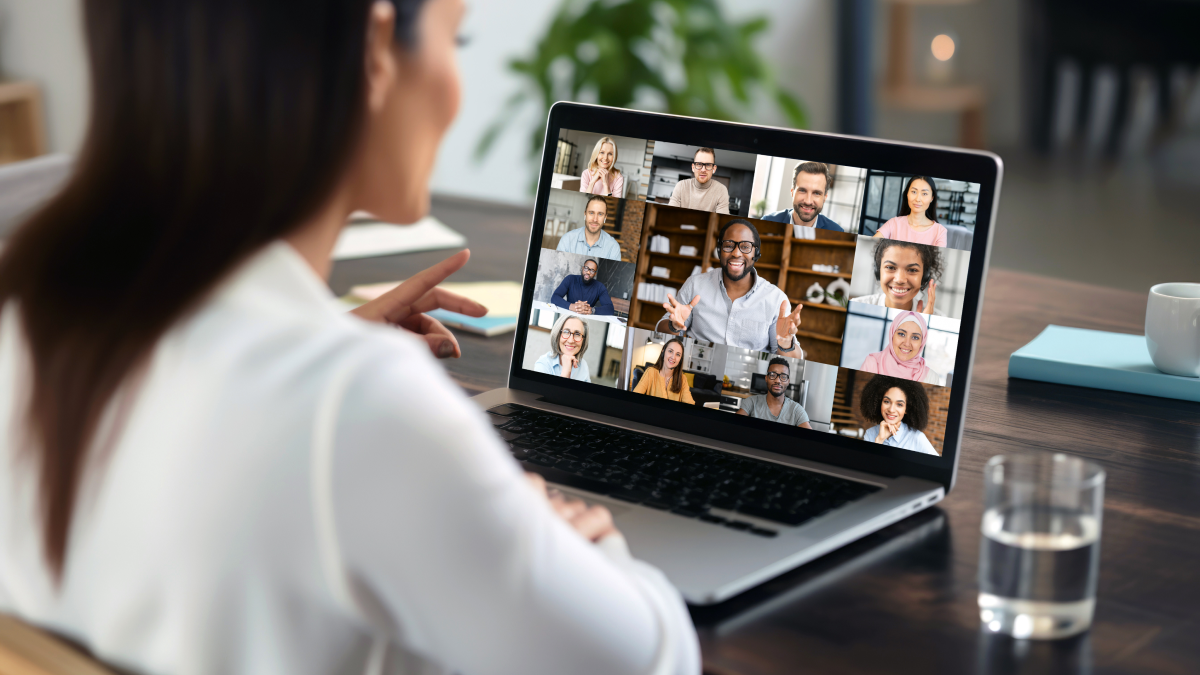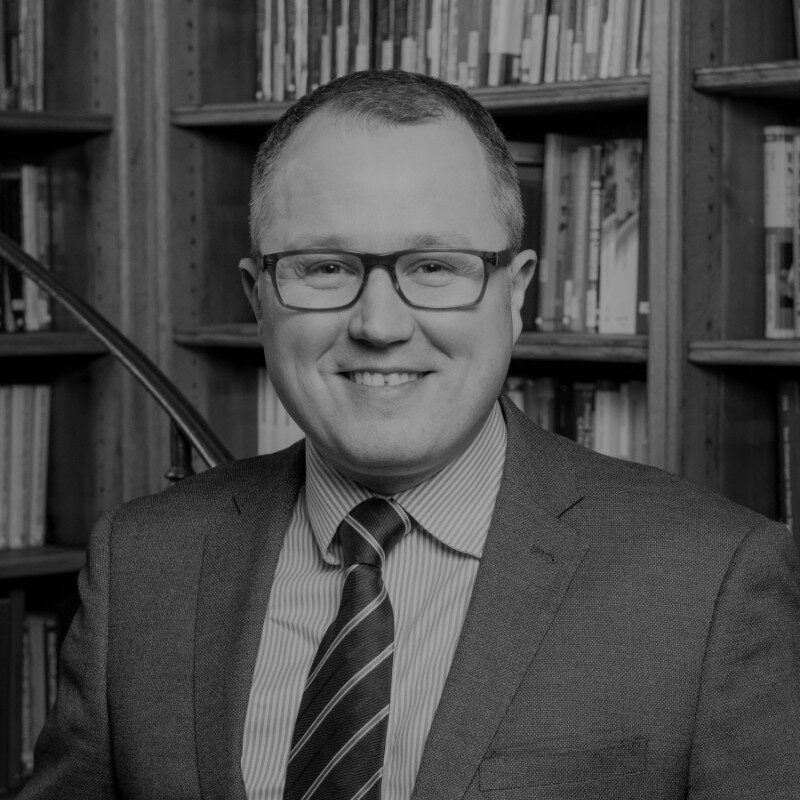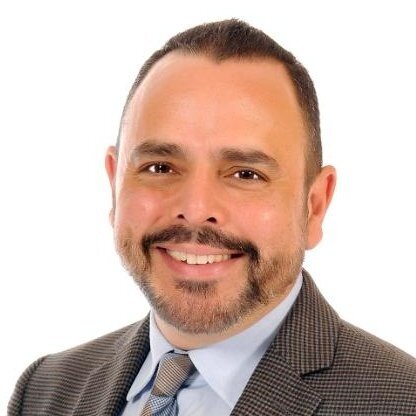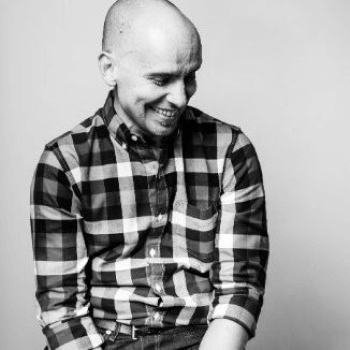Key takeaways:
Video amplifies diversity, equity, and inclusion efforts
DEI professionals can easily create their own video content in-house
Content ranges from livestreams to snackable recorded videos
Empowering diverse voices is one of our primary values at Socialive. It’s at the heart of what we do.
We’re proud of how the platform is used by professionals in diversity, equity, and inclusion (DEI), corporate communications, and by an array of content teams to showcase their people.
When done right, companies provide a framework to ensure people of all identities are fairly represented and provided equal opportunities. From a video perspective, we think it’s important that businesses likewise make content that reflects and provides a voice to those people.
Of course, there’s so much more to DEI than asking people of color or women to sit in front of the camera. Video can be used to build community, but it’s not the be-all and end-all. There’s tons of thankless work that goes on behind the scenes. There has to be to ensure that commitments made by leadership are reflected in the workplace.
Once the hard work is done, we think it makes sense to celebrate and amplify that work.
From panels featuring thought leaders and experts, to highlight videos at community events, profiles of employees’ daily experiences, and everything in between, here’s how companies promote diversity and inclusion with video content made in Socialive.
Why video matters in HR and PeopleOps
Seasoned professionals in the HR space understand the power of video. Just like any other part of a business, video is a visual product that has the ability to enhance the employer’s brand.
But simply showing people in content isn’t a cure-all, as noted by David Rice, senior editor at People Managing People. There needs to be substance and truth behind the content companies put out, no matter how diverse it may seem. You have to be able to back it up.
When done correctly, video simply reinforces a company’s commitment to DEI and drives that message home to a larger audience.
From Rice’s vantage point, video makes a difference in several ways:
- A mix of content types creates memorable experiences and more digestible comms
- Learning and development courses are boosted by having bite-sized video
- Authentic video featuring employees shows a window into daily life at a company and boosts recruitment
- An authentic representation of a company is vital to creating transparency throughout the employee lifecycle
- Video enhances collaboration and the sharing of peer-to-peer expertise
- Employees who are given a platform through video can use it to position themselves as a leader in their space
All in all, video is a strategic tool that can help people in HR meet their objectives in an efficient and scalable fashion.
When it comes to DEI, video is a way to communicate what the company is all about and to showcase its values. Authentic video can increase transparency, trust, and shine a light on the hidden work done to promote diversity.
The Royal Society of Chemistry gives a platform to the Global South
For the Royal Society of Chemistry, a professional association dedicated to advancing the scientific community, video was always seen as a way to socialize scientific breakthroughs. The organization has used livestreams and recorded video from in-person events to cover innovations in the field of chemistry.
But before Socialive, the RSC was restricted in whose research would be publicized in video. There was an unconscious bias toward proximity.
Budget and travel restrictions meant that content mostly focused on a smaller group of people. Members who could travel to marquee events, such as COP28, or those who lived near the RSC’s London headquarters were disproportionately included in video productions.
Now, the RSC has replicated their in-person production studio with Socialive. The media team has the ability to remotely record, edit, and publish anyone from any part of the world.
“We can’t necessarily send a video specialist to every event. Being able to do something remotely, whether it’s using a laptop camera or a smartphone, it’s a good opportunity for us to not miss out when there’s somebody we want to hear from.”
Edwin Silvester, Global Integrated Media Manager, Royal Society of Chemistry
Featuring diverse thought leaders across the globe
Featuring more people from underrepresented groups is a massive initiative for the RSC. By eliminating the need for presenters to travel to their in-office studio in the UK, the RSC has increased the number of diverse voices in the content they create.
Additionally, the media team has taken a remote producer role, so they don’t have to decide which in-person events are covered. Without having to travel or hire a local camera crew and talent, they seamlessly record interviews everywhere their members are.
During a regional event in Malaysia and an in-person conference in Trinidad, the RSC media team equipped one of their directors with camera equipment and empowered her to conduct interviews and record B-roll from the event. The media team could choose to coach presenters behind the scenes or have them record on their own.
Either way, all footage was automatically uploaded to the RSC’s recording library. Everything was instantly ready for the RSC to edit into fresh content — without any restrictions on who could be featured in these videos.
Blue Shield of California’s commitment to DEI
While some organizations choose to use Socialive to include a wider array of people in their content, the Blue Shield of California chose to empower their DEI team to create on their own.
Since Socialive is a user-friendly platform, it was easy for the Blue Shield of California to enable people without much video experience. The director of DEI and one of their SVPs hosted a livestream on the topic of DEI without any hiccups. The social media team in charge of livestreams simply set up the run-of-show for the production, sent invite links to both speakers, and let them go forward with an engaging conversation.
“It really showcased who we are as a company and the messaging we’re trying to promote on diversity and inclusion.”
Larry Sepe, Senior Social Media Manager, Blue Shield of California
Akamai’s ability to tell more stories
While video is a game-changing content format, cost is one of the biggest barriers. Traditionally, video creation has been an expensive endeavor.
Akamai proved that creating more videos and telling more diverse stories doesn’t have to cost more.
The tech giant has scaled up their video production without any additional spend. In fact, Akamai has found that projects are done in half the time. Plus, they’ve saved thousands of dollars per year on agencies with Socialive.
Saying “yes” to more video projects
Since these additional video projects don’t run up the budget, Akamai’s content creators are free to tell more stories.
This has meant that stories that wouldn’t have been seen as a priority — particularly smaller stories that might only matter to a handful of people — are ones that Akamai can take on.
There’s always been a strong appetite for video storytelling at Akamai, but the high-impact ones were the ones that won out in the past. Now, with Socialive, there’s an ability to say “yes” to more of the stories that deserve to be given a platform.
“Our content is being shaped by more collaborators who perhaps would have been excluded from the process a couple of years ago. And that’s been really, really exciting.”
Simon Gerzina, Senior Global Events Manager, Digital & Production, Akamai
Amplifying diverse voices with video
We’ll be the first to tell you there’s more to DEI than just showing people in content. The entire organization, particularly leadership, must prioritize diversity, equity, and inclusion to attain true results.
Once those commitments have become formalized actions, we think showcasing those efforts is best. It’s a disservice to all of the hard work done behind the scenes if content contains the same few people.
Authentic storytelling strengthens community in the workplace, so say “yes” to as many of those diverse stories as possible.
With the Socialive platform, everyone can be heard. DEI teams can craft their own message, and content teams are now able to include more diverse voices.
Rather than needing to wait for permission, everyone is empowered to be bold and ensure that no story goes untold.
It’s what the Socialive platform does best.




